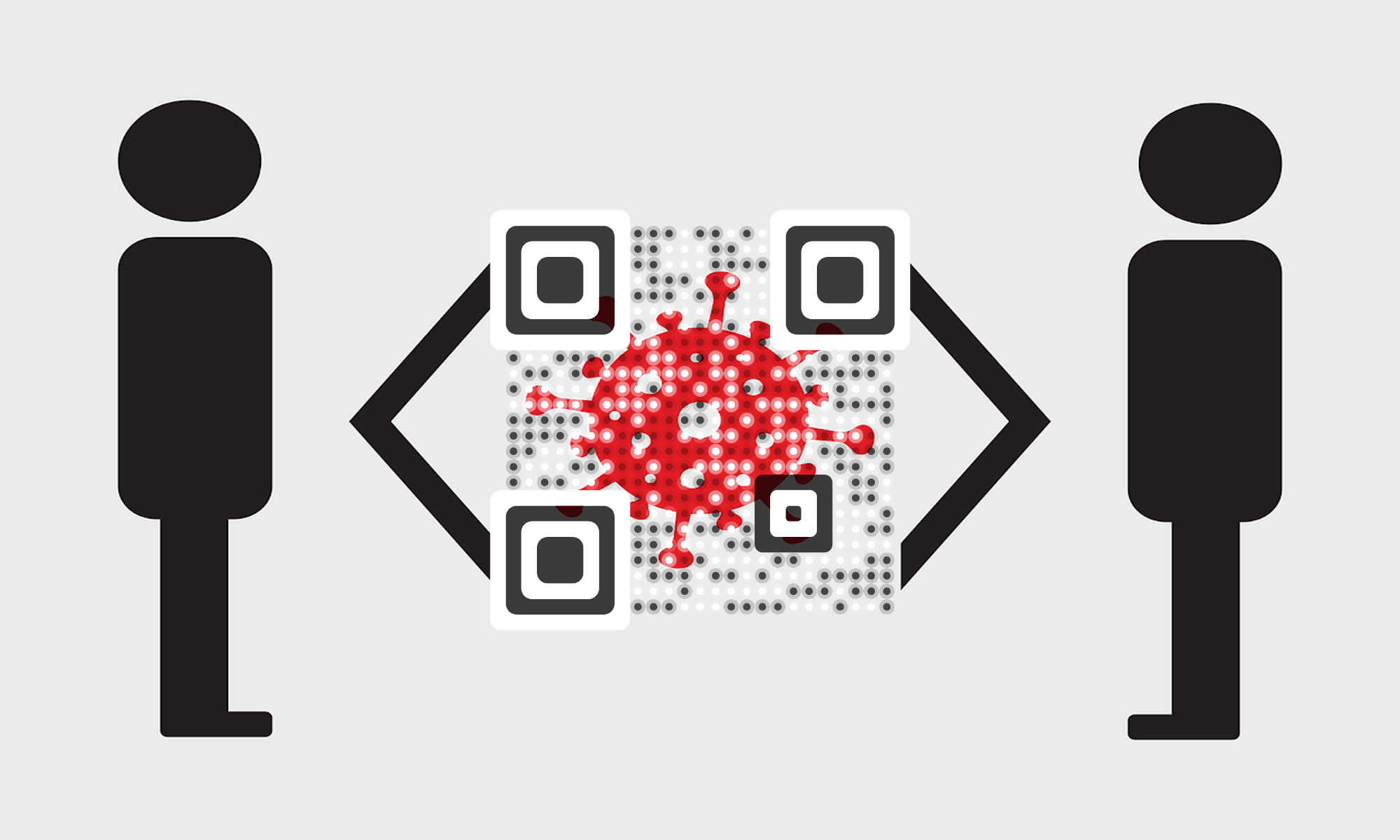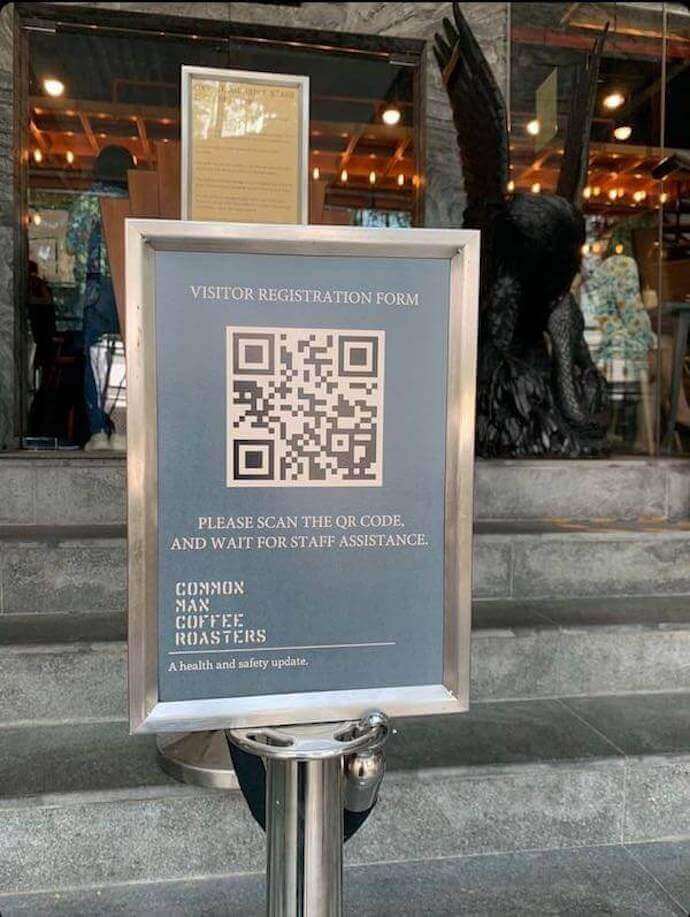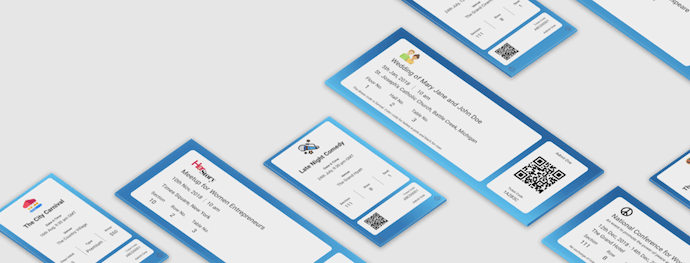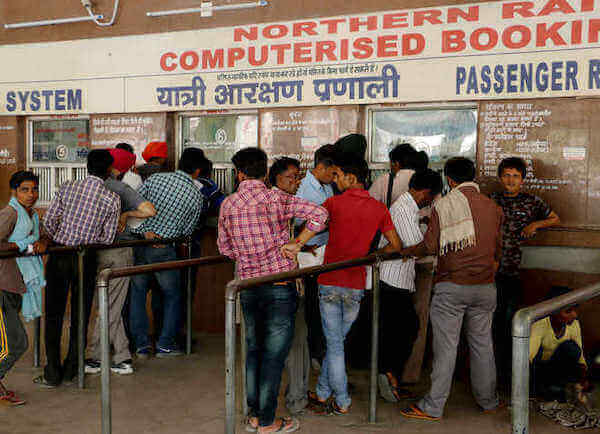The whole world in 2020 is facing the coronavirus pandemic. Most of the affected countries have declared a lockdown. And have urged their citizens to take precautions at personal level such as:
1. Wash hands regularly for at least 20 seconds
2. Use a sanitizer in case soap and water is not available
3. Refrain from touching your face (especially eyes, nose, and mouth)
4. Avoid large gatherings and traveling abroad unless necessary
5. Seek medical help in case you have the symptoms
Besides, social distancing is also being practiced throughout the world to fight coronavirus. Since the virus is highly contagious, people are wary of physical interactions, which are especially contact based. This behaviour will persist even after restrictions are lifted.
Hence, businesses across the world are understanding this trend. And trying to come up with ideas where minimal contact is required. This will attract customers as their personal hygiene and safety will be kept in check.
One of the ways to adapt to this trend is by using QR Code technology. QR Codes are 2D barcodes. They can easily be scanned via a smartphone to access the content within.
Hence, to decode a QR Code placed anywhere (pamphlet, menu, poster), you do not need any physical contact with the respective object. This is the very reason that they are being increasingly adopted in different areas.
In this article, we will show you how countries across the global are using QR Codes in social distancing.
Keep reading.
According to WHO, people should keep at least 1 metre or 3 feet distance between themselves and other people at all possible times.
But say you visit a restaurant. Here, as the server hands the menu to you, this distance gets breached. To avoid such close contacts, is precisely why QR Codes are being used. We will detail about it in the next section.
QR Codes can practically link any form of information. You can link a PDF, an audio file, video clip, or an image to this 2D barcode.
For example, you can actually link QR Codes to a tutorial video of how to wear masks. End users just need to scan the QR Code using their smartphone. Hence QR Codes are not only a convenient form of communication, but also relay information without involving any physical contact.
Plus, you can also scale the QR Code to as many pixels as you want. So say you want to show a video advertisement of your product on a billboard. You can simply link it to a large size QR Code and print it on the billboard. Your audience will be able to scan the QR Code from a distance and get the idea of your product through a contactless experience.
Now let’s see how different sectors are using QR Codes.
B. How are different sectors are using QR Codes
See how different sectors are using QR Codes to ensure social distancing. And are delivering a contactless experience.
1. Restaurants
As restrictions lift, cafes and restaurants will open. And restaurant owners will have to assure customers about the restaurant’s hygiene. Here are two use cases of how QR Codes can help in social distancing.
a. QR Code-based menu
Menu is one of the foreign objects, which is touched by many. You can make access to the menu contactless with QR Codes.
Restaurants can link their menu to a QR Code. And place it on the table top. Guests just need to scan this QR Code to get the whole menu. They can also place an order and make payment with the same QR Code.
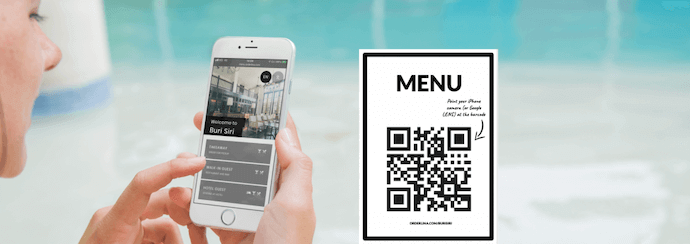
Source: mydigimenu.com
For example, the popular restaurant chain in Texas now uses QR Code-based menus. This ensures a contactless dining and hence, proper hygiene and customer safety. The QR Code is placed on every tabletop.
“One of the coolest things that we have put in place is we have digital menus. So every tabletop has a QR code and you sit down at the table, you scan your cell phone on the QR code, and the menu pops up on your cell phone. You can order from there and you can also have contactless payment from your cell phone.”
—Kyle Noonan, owner of The Rustic, one of the restaurants of Tim Love’s chain
Here is another example: The Municipal Commerce Bureau Government (Beijing) has issued some orders for food joints. This includes temperature check-up of each customer. And placing tables at about one metre away from each other to reduce the risk of droplet transmission.
Besides, the government has also stated the use of QR Codes. QR Codes will help in placing orders. And the same QR Code can be used to make payments.
b. QR Code-based registration
Many cafes undergo visitor registration before allowing them to enter the cafe. This sometimes leads to long queues, which is one of the most potential sources of transmission of virus.
Hence, to avoid such situations, cafes are now using QR Codes. These QR Codes link to registration forms and are placed outside the cafe entrance door. Upon scanning, the visitor can enter his/her details.
Cafes in Singapore are following this practice.
Similarly, South Korea mandates the use of QR Codes in restaurants. These QR Codes are used to log customers. The database of customers gets saved. And this practice also discourages long queues or physical contact with pen/form/or an online notepad.
2. Hotels
The tourism industry has been hard hit by the corona pandemic. But as restrictions lift, people will go on trips and book hotels.
To attract guests, hotel authorities need to take extra precautions to ensure guest hygiene and safety. And room locks are of the most common foreign objects, which are touched by many. To make room access contactless, hotels are now using QR Code-based locks.
One of the examples is Royal Cliff Hotels, Thailand. With QR Code locks, QR Code is used as the key. Guests can enter their room by scanning a unique QR Code generated on their smartphone.
3. Ticketing
Here are two ways in which QR Codes can be used in the ticketing sector.
a. QR Code-based tickets for events
As lockdown lifts and situations become less severe, events will start taking place. Though there will be a limit on the number of attendees, people will be cautious of touching a foreign object such as a ticket.
Similarly, even event organizers will avoid physical contact with an attendee’s ticket. Generally, paper tickets are slightly torn to validate entry. With QR Code-based tickets, you can ensure contactless validation.
Say the guest brings her/his ticket in digital or print form. The security team at the event entrance scans the QR Code using a dedicated app. If the ticket is valid, then the guest will be given entry access.
b. QR Code-based commuting tickets
QR Code-enabled tickets can be used for commuting to avoid long queues. For example, The Rail Corporation of India has introduced a QR Code-based ticketing system.
Railway authorities have put up QR Codes on the stations. Passengers can simply open a dedicated app to scan the QR Code. And book their tickets.
Hence, passengers no longer need to stand in queues to get paper-based train tickets. This will itself help in social distancing as there will be minimal crowd at the ticket counter window.
4. Medical institutions
a. QR Code-based registration
Since hospitals are the most vulnerable sites for the spread of corona infection, extra precautions need to be taken. One of the ways is to avoid long patient queues and contact with foreign objects.
And QR Codes are playing a major role to achieve this. For example, in Singapore, QR Codes are placed at the hospital entrances. Upon scanning visitors need to fill out a form to give their medical information. Besides, they also need to submit an online health screening.
Only once they complete this procedure, they are allowed entry.
b. QR Code-based information transmission
Information in a hospital about rules and regulations, symptoms, or personal hygiene tips is given through posters placed on the wall. To avoid patient’s physical contact with public surfaces, hospitals are now using QR Codes.
By scanning the QR Code from a distance, patients/visitors can get access to all the information.
For example, West Java in Indonesia uses a QR Code-based app to provide information on COVID-19 symptoms. With this app, users can conduct a self-diagnosis of whether they are infected or not. If they have symptoms, then a QR Code is issued to them. Patients then have to show this QR Code at the hospital to receive a testing.
In case, patients do not have the symptoms, the app will give information on the precautions to be taken.
So, you just read about how QR Codes can be used in social distancing. In these unprecedented times, businesses can use QR Code technology to regain their customer support. Create a QR Code now to ensure both customer safety and hygiene.
